Inside Vietnam’s ‘cave kingdom’, adventure tourism sustains nature, local livelihoods
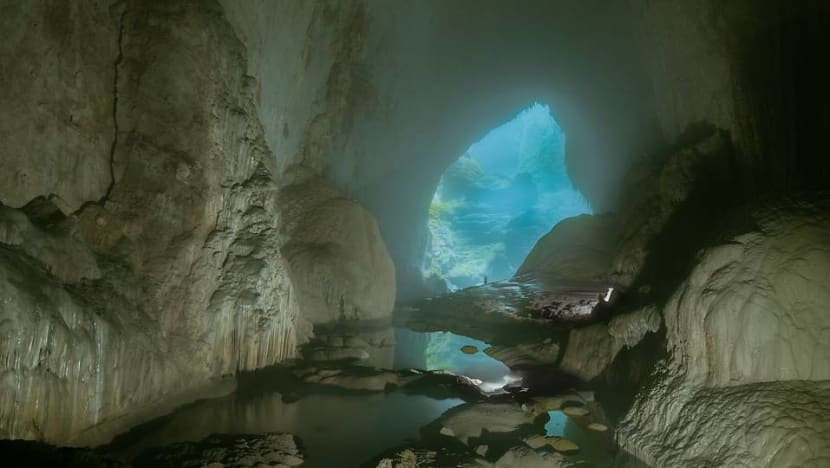
Son Doong, the largest cave in the world, is located in the Phong Nha-Kebang National Park in Vietnam's Quang Binh province. (Photo: Gregg Jaden, Instagram @gjaden)
PHONG NHA, Vietnam: When Ho Khanh spotted a trail of mist, the illegal logger was lost.
He had trekked for 20 kilometres through the thick jungle of the Phong Nha-Kebang National Park in Quang Binh province and was searching for shelter from impending rain when the mysterious mist caught his eyes.
“I kept following it until I saw an enormous entrance of a cave. It was scary.”
Yet, curiosity soon replaced fear. The logger braved the deep, intimidating darkness and stepped through the large opening into the unknown space. As he went deeper, Ho Khanh picked up the sound of a river and felt a strong wind blowing out of the dark.
“The cave just got bigger and bigger,” he recalled. “But since I didn’t have enough lighting with me, I left."

When he turned back, 28 years ago, the logger had no idea he had just stumbled upon Son Doong, the largest cave in the world. All he knew then was hardship and grinding poverty that drove him and other villagers into the forest to harvest timber and poach wild animals.
Their lives did not change until nearly 20 years later. Researchers from the British Cave Research Association came to the national park - a UNESCO World Heritage site - to explore its cave systems. They learnt about the enormous cave Ho Khan sighted in 1990 and asked him to find it again.
It took many failed attempts before the cave was rediscovered in 2008. In the following year, Ho Khanh led a team of researchers on an unprecedented expedition to the site.
SON DOONG: THE MOUNTAIN RIVER CAVE
The world's largest cave is 5 kilometres long and consists of sections rising up to 200 metres. According to Oxalis Adventure Tours, a local company that provides exclusive four-day expedition tours to Son Doong, it is big enough to “house an entire New York City block, complete with 40-storey skyscrapers”.
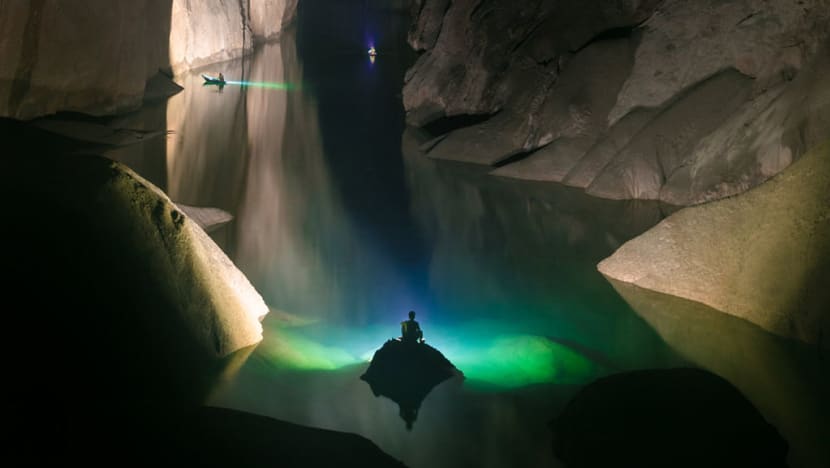
Meaning ‘Mountain River Cave’, Son Doong was recognised as the world’s largest cave in 2010, when the end of the passage was found. However it was not open to the public until 2013.
After a 90-metre descent through the cave's entrance, visitors enter a whole new world of ancient fossils, underground river and lush tropical jungle. Rising from the ground and hanging from the ceiling are huge columns of stalagmites and stalactites formed of calcium salts deposited by dripping water over millions of years.
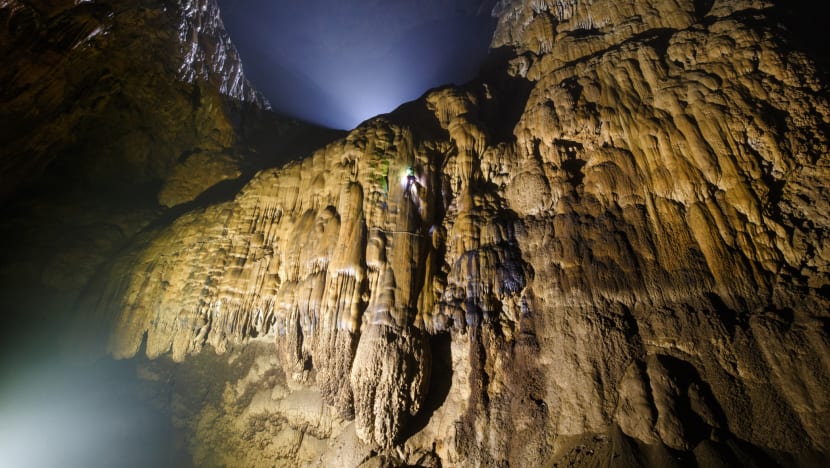
"Son Doong Cave is a masterpiece of nature with otherworldly landscapes - a space so mesmerising that it forces you to question whether you are still on this planet at all," the company says on its website.
PHONG NHA TRANSFORMED
Since the rediscovery, Son Doong's global recognition has drawn millions of adventurous tourists to Phong Nha and helped lift many local families out of poverty. Today, the once underdeveloped region has emerged as one of the main hubs for adventure tourism in Asia.
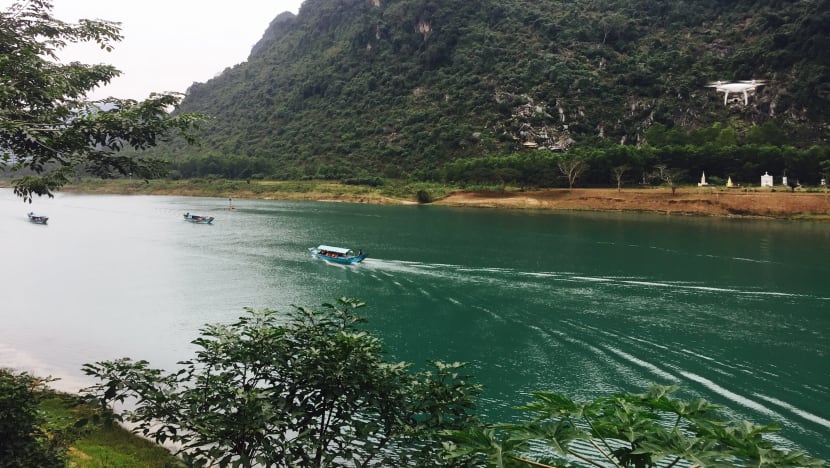
“Each year, about 600,000 people travel to Phong Nha to see its caves,” said Chau A Nguyen, founder of Oxalis Adventure Tours. His company was granted an exclusive licence to operate tours at 12 caves in Phong Nha.
“Oxalis alone brings about 12,000 tourists to the caves. Other companies send about 8,000 more tourists to others.”
Thanks to the continual growth in tourism, many loggers and poachers have ceased their illegal operations in the Phong Nha-Kebang National Park and welcomed new career opportunities.
A large number of locals have secured jobs in the tourism sector, from expedition tour guides to photographers, porters and business owners. In downtown Phong Nha the main street is dotted with restaurants, cafes, shops and small hotels. Further away, home-stays are cropping up near golden paddy fields and lush green vegetable farms.
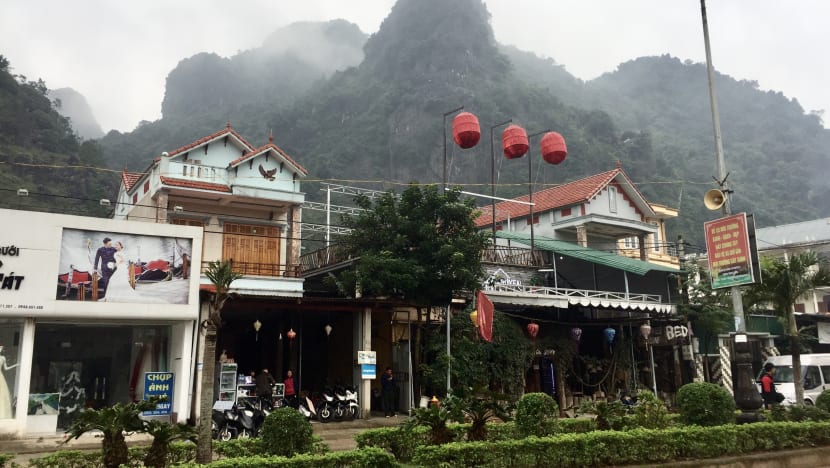
“Phong Nha has changed so much but in a sustainable way,” said Dzung Le, owner of local home-stay Jungle Boss - the name by which he is known locally.
“Phong Nha is getting busy but not damaged. Its nature is pristine. The landscape is beautiful. Local people still go to the jungle but not to hunt; they’re porters carrying equipment and food for tourists.”
SUSTAINABLE ECO-TOURISM
Dzung moved to Phong Nha in 2008 for a job with a German environmental organisation. As he worked to rescue the local wildlife and preserve the forest in the national park, he fell in love with Phong Nha’s stunning landscape, serenity and pristine nature. So after his contract ended, he stayed on, got married and started his own business.

Now a father of two, Dzung runs an eco-friendly homestay that offers tourists a truly local experience of the place he calls home. Besides joining his adventure tours, visitors can also explore the local village and try their hand at organic farming in his vegetable garden where his family sources fresh ingredients for cooking – from aromatic Vietnamese mints to crisp lettuce and plump aubergines.
While important for generating income for his family, Dzung said the homestay business also allows him to help locals improve their livelihoods, providing them with sustainable jobs and protecting the untouched nature from mass tourism.
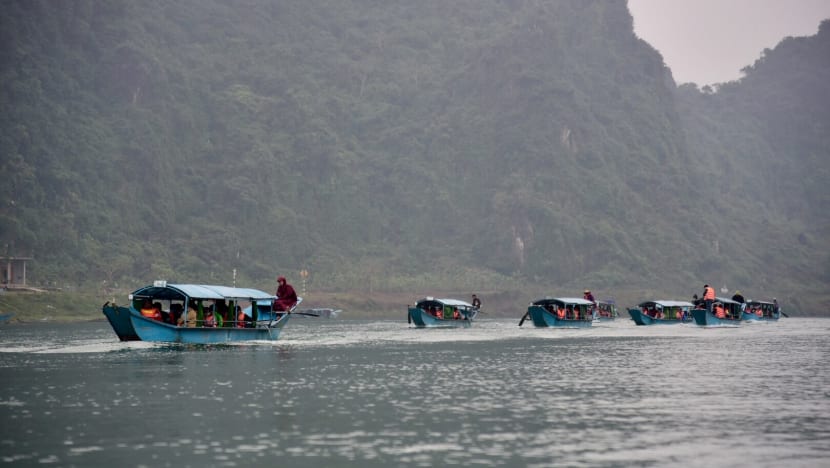
“We create a niche and sustainable product. We try to attract people who like exploring rural Vietnam, experiencing its jungle and nature. We don’t want to have millions and millions of people coming here to spend just two hours going to the caves and then leave,” he explained.
"If you have mass tourism, it means you need to build big hotels, reduce farmland, produce a lot of rubbish and use a lot of water."
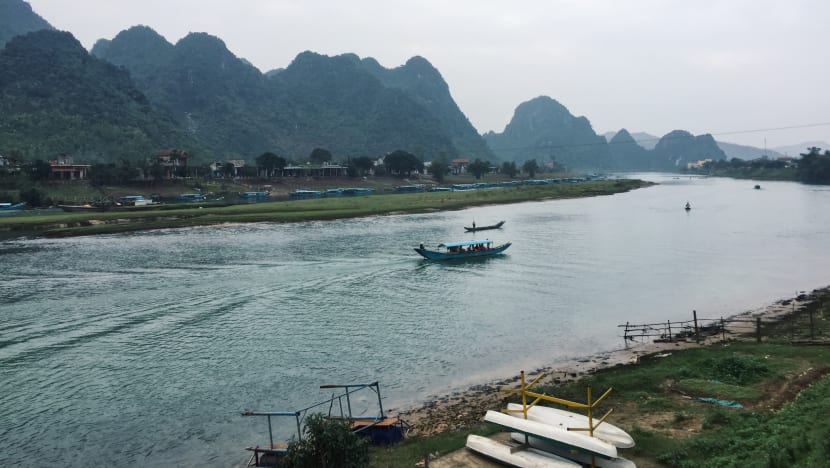
HOMESTAYS VS BIG HOTELS
Dzung believes the best way to create jobs without destroying Phong Nha’s pristine condition or local livelihoods is for its residents to embrace the idea of homestays, develop more adventure tours and offer visitors an enriching experience of traditional farming.
Besides keeping tourism-generated income to the local residents, he believes a sustainable long-term homestay programme can also stop them from selling their land to big investors, which could expose Phong Nha to big development projects and jeopardise its natural beauty.
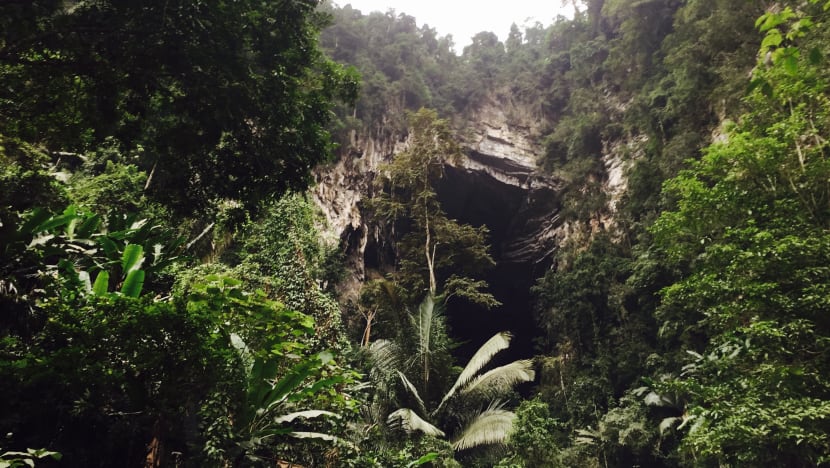
“People here are smart enough to see they can earn sustainable money from the homestay business,” Dzung said.
I love this place so much and don’t want it to develop too fast.
Deep inside Phong Nha’s national park, Ho Khanh leads a group of tourists on an hours-long expedition tour to Hang Tien, the largest cave of the Tulan cave system.
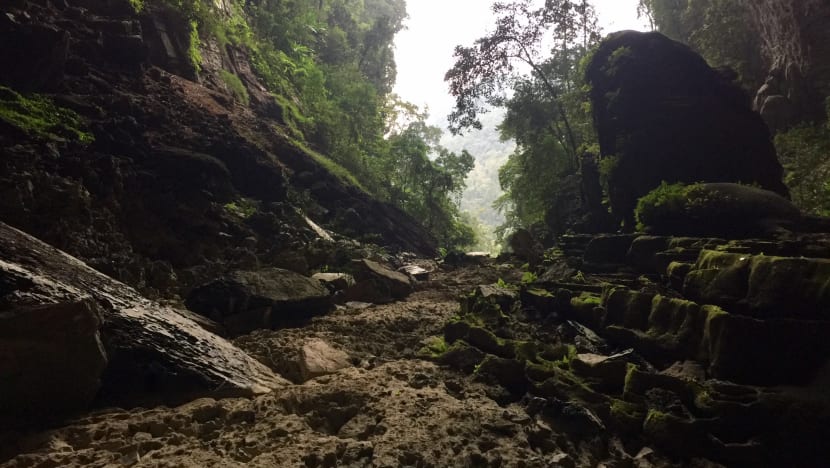
With his simple flat plastic shoes, the ex-logger – who now heads Oxalis’ porter operations and owns a busy homestay on the banks of the Son River – climbs on sharp rocks and penetrates the thick jungle with ease.
He feels like home in the embrace of nature, whose creations continue to allow him and the people of Phong Nha to show the world its majestic beauty.
“I’m the son of Phong Nha and I’m very happy it’s known to the world.”
For more on this and other projects around Southeast Asia, watch Tapestry: The Heart of ASEAN on Toggle.














